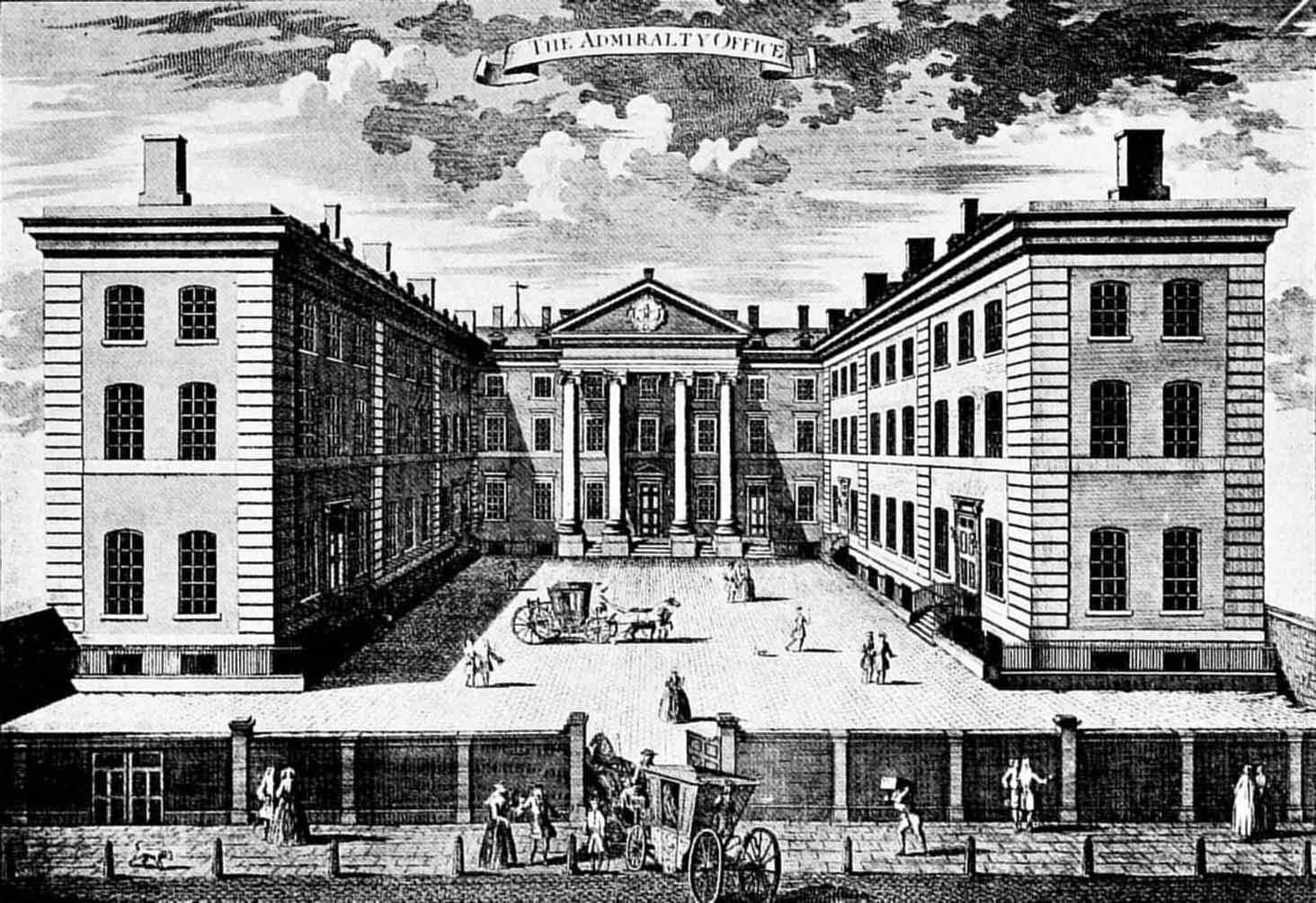|
German Type U 51 Submarine
SM ''U-51'') and combined with the ''U'' for ''Unterseeboot'' would be translated as ''His Majesty's Submarine''., group=Note was a Type U 51 submarine, one of 329 submarines in the Imperial German Navy in World War I. She engaged in commerce warfare during the First Battle of the Atlantic. She was ordered from Germaniawerft, at Kiel, on 23 August 1914 and laid down there on 19 December. She was launched on 25 November 1915 and commissioned on 24 February 1916. ''Kapitänleutnant'' Walter Rumpel was her captain for her entire career. Operations Completed at Kiel about March 1916, she carried out trials at Kiel School until the end of April when she proceeded to Heligoland. British Naval Intelligence (better known as Room 40): monitored and recorded her activities. She was attached to the 2nd Half Flotilla and carried out a patrol in the North Sea between 2 May and 6 May 1916, traveling to Hanstholm in company with , escorted by two Zeppelins. She was again in the North Sea ... [...More Info...] [...Related Items...] OR: [Wikipedia] [Google] [Baidu] |
German Empire
The German Empire (),Herbert Tuttle wrote in September 1881 that the term "Reich" does not literally connote an empire as has been commonly assumed by English-speaking people. The term literally denotes an empire – particularly a hereditary empire led by an emperor, although has been used in German to denote the Roman Empire because it had a weak hereditary tradition. In the case of the German Empire, the official name was , which is properly translated as "German Empire" because the official position of head of state in the constitution of the German Empire was officially a "presidency" of a confederation of German states led by the King of Prussia who would assume "the title of German Emperor" as referring to the German people, but was not emperor of Germany as in an emperor of a state. –The German Empire" ''Harper's New Monthly Magazine''. vol. 63, issue 376, pp. 591–603; here p. 593. also referred to as Imperial Germany, the Second Reich, as well as simply Germany, ... [...More Info...] [...Related Items...] OR: [Wikipedia] [Google] [Baidu] |
Room 40
Room 40, also known as 40 O.B. (old building; officially part of NID25), was the cryptanalysis section of the British Admiralty during the First World War. The group, which was formed in October 1914, began when Rear-Admiral Henry Oliver, the Director of Naval Intelligence, gave intercepts from the German radio station at Nauen, near Berlin, to Director of Naval Education Alfred Ewing, who constructed ciphers as a hobby. Ewing recruited civilians such as William Montgomery, a translator of theological works from German, and Nigel de Grey, a publisher. It was estimated that during the war Room 40 decrypted around 15,000 intercepted German communications from wireless and telegraph traffic. Most notably the section intercepted and decoded the Zimmermann Telegram, a secret diplomatic communication issued from the German Foreign Office in January 1917 that proposed a military alliance between Germany and Mexico. Its decoding has been described as the most significant intelligence ... [...More Info...] [...Related Items...] OR: [Wikipedia] [Google] [Baidu] |
U-boats Sunk In 1916
U-boats were naval submarines operated by Germany, particularly in the First and Second World Wars. Although at times they were efficient fleet weapons against enemy naval warships, they were most effectively used in an economic warfare role (commerce raiding) and enforcing a naval blockade against enemy shipping. The primary targets of the U-boat campaigns in both wars were the merchant convoys bringing supplies from Canada and other parts of the British Empire, and from the United States, to the United Kingdom and (during the Second World War) to the Soviet Union and the Allied territories in the Mediterranean. German submarines also destroyed Brazilian merchant ships during World War II, causing Brazil to declare war on both Germany and Italy on 22 August 1942. The term is an anglicised version of the German word ''U-Boot'' , a shortening of ''Unterseeboot'' ('under-sea-boat'), though the German term refers to any submarine. Austro-Hungarian Navy submarines were also known ... [...More Info...] [...Related Items...] OR: [Wikipedia] [Google] [Baidu] |
Maritime Incidents In 1916
Maritime may refer to: Geography * Maritime Alps, a mountain range in the southwestern part of the Alps * Maritime Region, a region in Togo * Maritime Southeast Asia * The Maritimes, the Canadian provinces of Nova Scotia, New Brunswick, and Prince Edward Island * Maritime County, former county of Poland, existing from 1927 to 1939, and from 1945 to 1951 * Neustadt District, Reichsgau Danzig-West Prussia, known from 1939 to 1942 as ''Maritime District'', a former district of Reichsgau Danzig-West Prussia, Nazi Germany, from 1939 to 1945 * The Maritime Republics, thalassocratic city-states on the Italian peninsula during the Middle Ages Museums * Maritime Museum (Belize) * Maritime Museum (Macau), China * Maritime Museum (Malaysia) Maritime Museum ( ms, Muzium Samudera) is a museum about maritime activities in Malacca City, Malacca, Malaysia. It was officially opened to the public by Prime Minister Mahathir Mohamad on 13 June 1994, began with phase one. The phase two of t ... ... [...More Info...] [...Related Items...] OR: [Wikipedia] [Google] [Baidu] |

